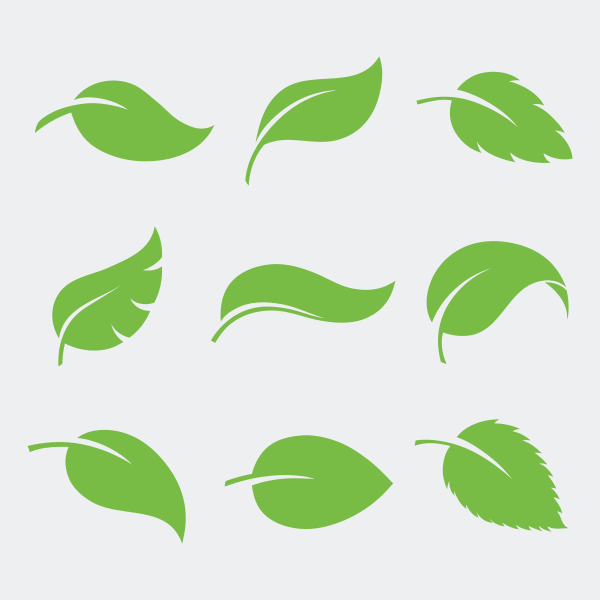What would I teach, and how would I teach, if my goal were to best prepare my students for life—the life they live today and the one they will live for all the time that follows school? It's a sobering question and one I fear we've not asked very often in an era defined by answers recorded on machine-graded bubble tests.
As professors in the University of Virginia medical school recently examined the time-honored process of teaching next generations of physicians, they grappled with the transitory nature of what we teach in schools. One of them reflected that medical knowledge doubles about every 15 years and about half of that knowledge becomes obsolete every five years. Those realities, combined with a contemporary understanding of what constitutes meaningful learning, led the professors to significantly refashion both what they would teach and how they would teach it to best prepare aspiring doctors for the world ahead.
A fervent advocate of learning, I'm no more ready than the medical school faculty to jettison the role of schools in connecting learners with the human chain of knowledge. But also like them, I believe we need to rethink both what we teach and how we teach it so that we stand a better chance of responsibly serving students—and the future.
I'd cast a strong vote that we think about attitudes, outlooks, and habits of mind. These may well have much more to do with living a meaningful life than do any facts we can share with our students.
Here's a short list of attributes I'd suggest are mileposts on the road to positive and generative lives for the students we teach.
Work for quality. It's not necessary to shoot for the moon in everything we do, but when the work matters—when we "sign it," when it represents us—it is worthy of our best. Working for quality implies working hard, working wisely, doing and redoing, being mindful of and reflective about what we are doing and why.
Be kind. Kindness and empathy have bidirectional power. They strengthen others and, in return, strengthen us.
Pull your own happiness wagon. We human beings filter our experiences and make our own memories. We're rarely dependent on someone else to make life good for us. We can create our own joy, look for what's right rather than what's wrong, and find redeeming moments even in difficult circumstances. Look for beauty, for inspiration, and for humor all around you. Look inside yourself for satisfaction and joy.
Take time to know yourself. Spend time each day with just you. Be aware of your strengths and nurture them. Understand your limitations and work around them. Think about the shape you want the day to take. Know what you stand for and live with courage to represent those things so that you have clarity of purpose.
Be useful. Make the day better because you were in it. Make the place better because you passed by. Make the idea better because you improved it. Make the people you encounter stronger because you provided a helping hand or made them laugh or gave them hope.
Be responsible. Do your part—and then do some more. Turn off the excuses. Try to fix what's broken, even if you didn't break it. Understand that the world works better when we refuse to see ourselves as entitled. Accept the reality that we are better and the world is better if we pay our own way as we go through life. Take charge of your own path. Learn to be the captain of your own success.
Invest heavily in people. Understand that human beings are all cut from the same cloth. We share the same needs, hopes, and longings. Respect differences and be open to expanding your window on the world by learning from all kinds of folks. Learn to work more powerfully by teaming up with people whose strengths fill in your gaps and whose differences expand your possibilities. On most days, life is better lived as an ensemble than as a soloist.
Learn. The quest for understanding and truth makes us more fully human. Ask probing questions. Don't settle for surface explanations and easy answers. Learn to listen beyond the surface. Value diverse perspectives and learn from those whose ideas challenge your own. Learning is one of the few things no one can take from us. Every time we learn, we grow. We become stronger.
Play. Spend time doing things that make you happy. Be silly. Giggle. Hatch ideas and try them on. Understand that "play" teaches us as much as books can teach. It enables our minds to exceed the limits of the known. It is freeing.
The list is not exhaustive. It should grow as we grow—as individuals and as teachers. In the end, though, I would feel like I'd earned the title "teacher" if my students left our time together valuing things like these.



